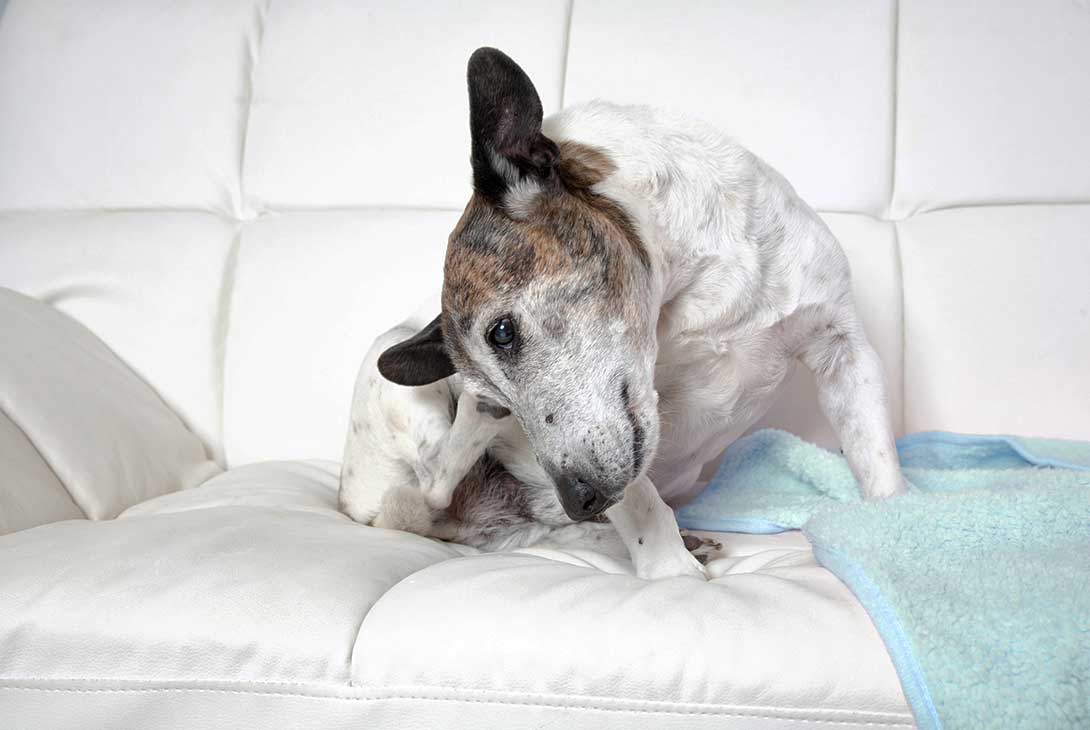
Could your house be a haven for Fleas
Unfortunately, the answer to this question is probably yes. That is if you own a furry friend and like many of us only treat him occasionally with flea control. Contrary to popular belief the most common way pets catch fleas is from the environment, as fleas rarely jump from pet to pet.

The majority of the flea’s lifecycle is spent in the environment. Flea eggs are laid on the pet but fall off within 8 hours, they then hatch into mobile larvae within 1-10 days and move away from light towards moisture and the ground. During this time the larvae spin a sticky silk cocoon and become pupae.
The pupae can remain dormant in the environment (e.g carpet) for up to 6 months, depending on weather conditions. Adult fleas emerge from the pupae and are attracted to your pet by its body temperature, movement and shadows. The adult fleas then mate on the pet and the cycle continues its downward spiral into what we know as the ongoing ‘flea plague’.
Why is this important you may be asking? Treating your pet is only one part of the defence against this common problem. Environmental factors are often overlooked, and 95% of the total flea population lives in the environment (bedding, carpets, gardens, under the house) and not on the pet itself. Therefore, it is critical that animals and their living areas are treated thoroughly at the same time all year round.
The following are recommendations to help reduce the risk of the ‘flea plague’ setting up camp in your house.
- Discard all infested bedding (where practical) and wash all other bedding regularly.
- Vacuum weekly and concentrate on corners and cracks (Vacuuming will actually suck up the eggs and larvae from deep in the carpet, but remember to throw your vacuum bag out or vacuum up some flea powder into the bag or else the fleas may hatch in the vacuum!)
- Place items that the pet comes into contact with regularly in direct sunlight.
Block the pet’s access to infested areas, e.g fence off under the house. - Flea bombs that contain insect growth regulators ( to kill the stages of the flea in the environment) may be used also.
- Remember to treat all your pets in the household at the same time to reduce environmental contamination.
These suggestions coupled with regular preventatives such as Nexgard monthly or Bravecto quarterly will aid in reducing the numbers of fleas that are taking over your household… and less time will be spent on your behalf scratching your head to try and figure out ways to combat these critters of annoyance!